ANN/THE STAR – With its distinctive Moorish architectural style, the Sultan Abdul Samad building is one of Kuala Lumpur’s (KL) most-photographed landmarks.
Completed in 1897, the iconic building originally housed the offices of the British colonial administration. The historic structure also provided a memorable setting for Malaya’s independence as its clock tower chimed in the new era at midnight on August 31, 1957, while the Union Jack flag was lowered and the Malayan flag raised in front of a jubilant crowd gathered at the Padang (now Dataran Merdeka).
Since then, the building has homed various important national institutions, from the Federal Court of Malaysia to the National Heritage Department.
However, many parts have now been left vacant and in decay.
Similarly, the historical Carcosa Seri Negara is also in dire need of repair since it was shuttered in 2019.
Located in the Perdana Botanical Gardens, the Carcosa Seri Negara actually comprises two mansions – Carcosa, built in 1896, once served as the residence of the first British Resident-General, Sir Frank Swettenham. Seri Negara, built in 1913, was a guesthouse for visiting royalty and dignitaries.
The iconic mansions have not only hosted VVIPs – including Queen Elizabeth II and Prince Philip during the 1989 Commonwealth meeting – but also the colonial officials and Malayan leaders who met there to draft the Federal Constitution.
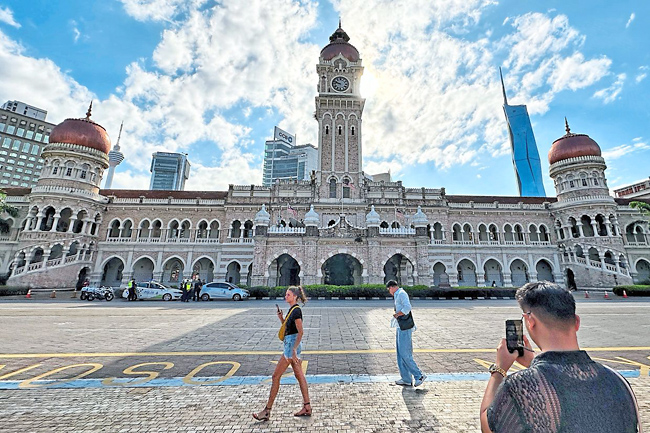
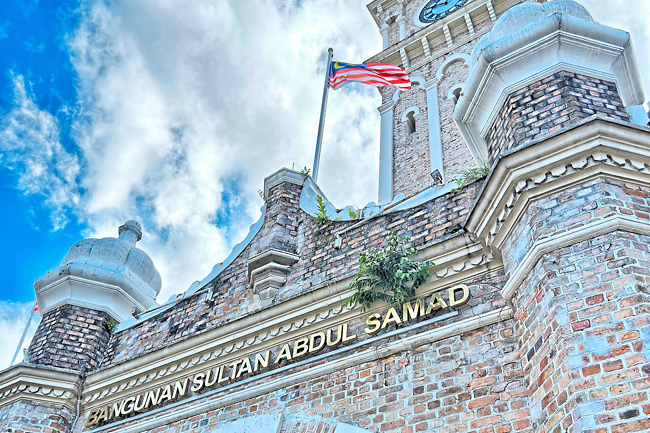
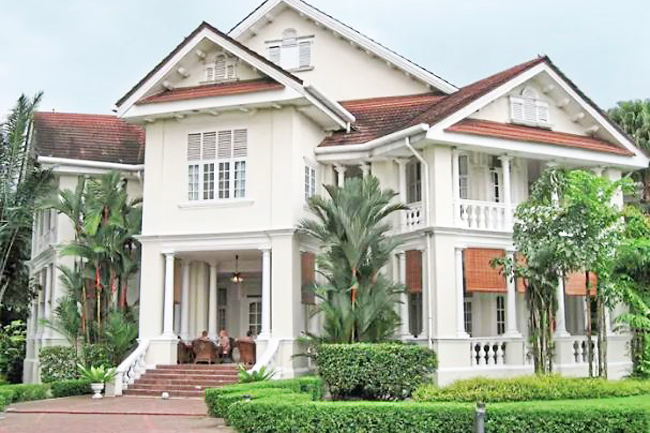
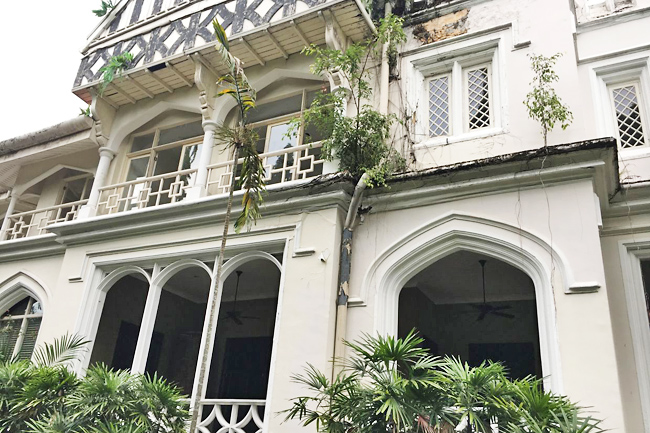
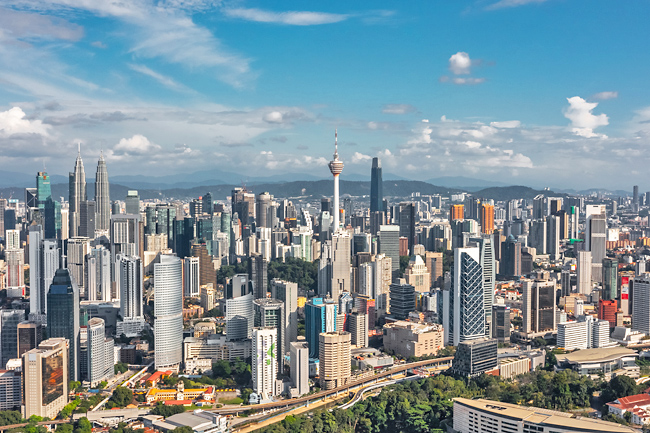
Both the Sultan Abdul Samad building and Carcosa Seri Negara are now National Heritage sites under the 2005 National Heritage Act. Despite their rundown states, they remain favourite destinations for sightseers and tourists.
Hence, the MYR600 million that will be channelled under Malaysia’s Budget 2025 towards restoring the two iconic buildings is most welcome. The allocation will also definitely help raise Kuala Lumpur’s profile as a cultural and creative city.
“Khazanah and our portfolio companies remain aligned with the Budget 2025 vision and look forward to supporting this forward-looking agenda, consistent with Khazanah’s overarching ‘Advancing Malaysia’ strategy,” said Khazanah Nasional Berhad, which has been charged with managing the restoration project, in a recent statement.
The work will include building a multistorey bridge connecting the Perdana Botanical Garden with Carcosa Seri Negara.
Heritage activists and organisations are optimistic about this plan.
“It’s a very positive development. We hope Khazanah will collaborate closely with DBKL (KL City Hall) and, in particular, the mayor.
“It’s crucial for all government agencies to work together to establish Kuala Lumpur as a heritage hub in Southeast Asia.
“Badan Warisan Malaysia is ready to offer guidance and lead any important projects that contribute to our national pride,” said Badan Warisan Malaysia president Lim Wei-Ling.
Free Walk Kuala Lumpur Unscripted founder Jane Rai who conducts heritage tours on foot, is excited about the news.
“During my KL walking tours, I always stop at the iconic Sultan Abdul Samad Building, so hearing that it’s finally getting a grand restoration is fantastic news!
“However, Khazanah must have a solid plan to breathe life back into the building. We need activities and events that will create a buzz of excitement for both locals and visitors alike,” said Rai.
“Investing in cultural landmarks, including the Carcosa Seri Negara, is a great way to preserve a city’s heritage. But to truly make an impact, we need historians, guides, artists, and locals to share the stories behind these sites. Without those narratives, landmarks can easily turn into just empty buildings instead of lively parts of our history,” she said.
One initiative aimed at highlighting KL’s heritage buildings is CheriAR, featured in the ongoing Augmented Reality Fest. This project utilises artificial intelligence-powered avatar historians, showcasing landmarks such as the Sultan Abdul Samad building.
Creative director of the Experiential Design Team Fariz Hanapiah explained, “This is a positive step for us. We want to engage visitors with captivating stories from the city’s past through animated storytelling and interactive technology. As this building is a popular tourist destination, we look forward to continuing to use art and technology to share our cultural heritage with the world.”
There are other public events planned at the Sultan Abdul Samad building. Filamen, a digital art collective, will be presenting a projection mapping event – under the ‘Warisan’ banner – at the building from yesterday to November 3 as part of the Think City-led Kreatif KL Festival.
“Filamen has always looked to heritage buildings as a canvas for our projection mapping, and storytelling. We are excited to hear about the Sultan Abdul Samad building being restored,” said new media artist and co-founder of Filamen Abdul Shakir.
“I’m especially pleased to see the introduction of initiatives aimed at revitalising heritage buildings, promoting quality new media works and equity injections for creative social entrepreneurs,” he added.




